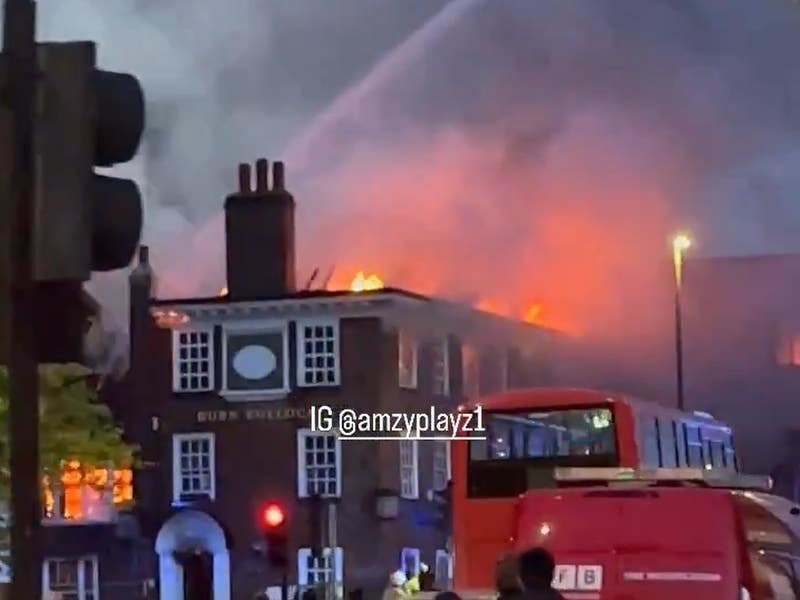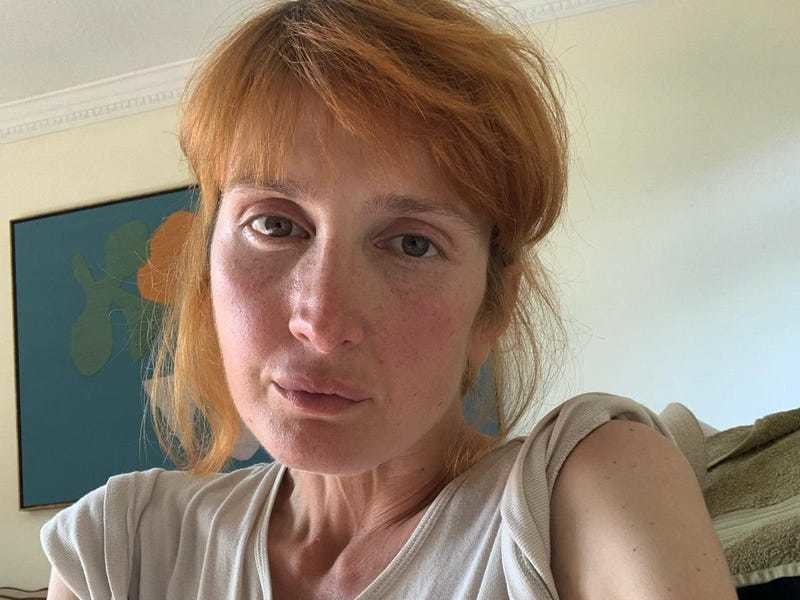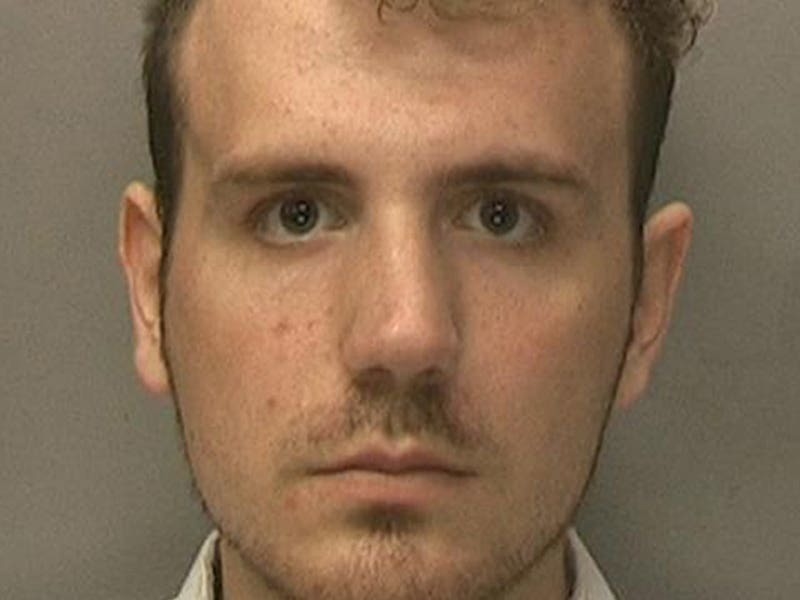We booked our flights for our fourth return trip to the British Virgin Islands in June 2017, not knowing of course that Hurricane Irma would strike in the September, followed two weeks later by Hurricane Maria. These storms were the worst to hit the BVIs not only in living memory, but since records began. We knew there would be damage, but nothing could prepare us for the first sightings of the devastation, even eight months after the hurricanes had passed through the 50 or so islands.
Our party of four were chartering a catamaran and I arranged to meet my colleague Ronald Donovan, from the BVI Ships’ Registry, on Tortola, the main island. Ronald had already prepared me for the worst. His communication after Irma said: ‘The hurricanes were terrible; words still escapes us to adequately describe what happened. However, we survived and we are trying to rebuild; although, the process at days seems very slow.’ His Registry Office had to be relocated, as the original was so badly damaged – his conference table was literally sucked out of the window, as all of the structure disintegrated during the height of the storm.
As with many locals I spoke to during our week, the fear was still very evident in their eyes. They were all, however, extremely grateful to still be alive, and were optimistic about the future. Despite their optimism, at that dreadful time when Irma first hit, many of them told me that they thought it would be the end of the BVIs.
The islands form part of a volcanic archipelago which is very mountainous and the tall peaks drop down into the ocean with steep, green vegetation-covered cliffs. Most notable was the damage to the vegetation, with hardly any palm trees surviving and most other trees (some of them hundreds of years old), completely devoid of branches and leaves. Nothing was protected as the circular action of the hurricanes stripped everything, including the buildings, in their path. Incredibly, only four people lost their lives during the storms, but sadly I was told that at least five people per week are now dying from stress, regardless of age.
Ronald and his wife, Hermie, were without electricity for five months and lived on canned fruit and biscuits for three months before the shops were rebuilt and restocked. The shops that were not damaged were looted, as the struggle for food increased in the initial weeks. Eight months on and there are many houses still without power.
The morning after Irma struck, the couple walked to the top of their road and when they reached the crest they could see the other hilltops for the first time ever, as all the vegetation had gone. It was utterly shocking and Ronald said he didn’t want to walk any further, as he was frightened about what he might find and it was too distressing. Phone lines were down for a long while too, so the fire trucks would drive around the island on the roads, which were open in order to relay the latest news to the inhabitants.
Hermie recalled that when Irma struck it was daylight, and she watched as her tree was stripped of all its leaves in 15 seconds, and then the trunk was snapped in two. While in the eye of the hurricane it was eerily quiet, and the sun even came out and there was blue sky again – but only for ten minutes. Then it all started again. Maria struck at night over 14 hours and moved very slowly, which was particularly frightening, as the buildings had already been weakened by Irma.
On another day we sailed to a small, mostly uninhabited island called Little Jost Van Dyke. After swimming ashore we spoke to the owner of the B-line café on the beach, who had re-built his business and was spending his days clearing the beach of broken coral and rocks, which had been washed ashore, creating a dangerously jagged surface. The beach had twice been cleaned, but the waves kept bringing more debris. It seemed we were his only customers that day, so our order of six drinks was the only income for him, his wife and goats. As we left the mooring he returned to raking the jagged coral to create a temporary pathway to his café, carrying on as best as he could.
The communities of Saba Rock and Bitter End were completely destroyed. There was no possibility of going ashore, as there were no longer the jetties or mooring facilities available. This was a ghost town where once it was a thriving quayside community with shops, hotels, marine businesses, restaurants and fuel berths. At Virgin Gorda we stayed at Leverick Bay for the night, where a shop owner told me how the roof had blown off her house and she had seen cars, electronic equipment, cupboards and doors flying through the air. She had run with her 8-year-old son to the nearby clinic for shelter.
‘There was standing room only for two days, and people were constantly arriving with chopped faces, arms and fingers from flying debris. Their eyes were sore from the sea spray, which was whipped up and the resulting tsunami raised the sea level by 30 feet,’ she said.
Just outside the harbour at Leverick Bay, around the headland from Richard Branson’s Necker Island, are two large tankers that were blown ashore and are still resting at the foot of the cliffs.
On the main island of Jost Van Dyke, the seaside community in Great Harbour is rebuilding, although progress is slow. There are still families living on the roadside in tents which were provided by the international disaster relief charity ShelterBox. The now unserviceable church mini bus was ‘parked’ behind the building and it had smashed windows, bonnet, grill and was totally water damaged. A new temporary wooden church was under construction in the graveyard, and flowers had been placed on the altar to provide some hope to the worshippers.
There is clearly a lot of work to be done in co-ordinating the relief effort and bringing the BVIs’ communities back together. Tortola alone is down by at least 50 million dollars in lost revenue since September, as it is no longer a viable port that is open to cruise ships bringing in tourists.
The locals remain optimistic for their future and although the hurricanes were colossal, they will not destroy the determination of the inhabitants to return to the way of life they remember and which they seek to rebuild as soon as resources allow. The best way we can help them is to keep visiting these beautiful islands – they need our tourism trade and will always welcome us with open arms. No hurricane can take away their welcoming smiles.






